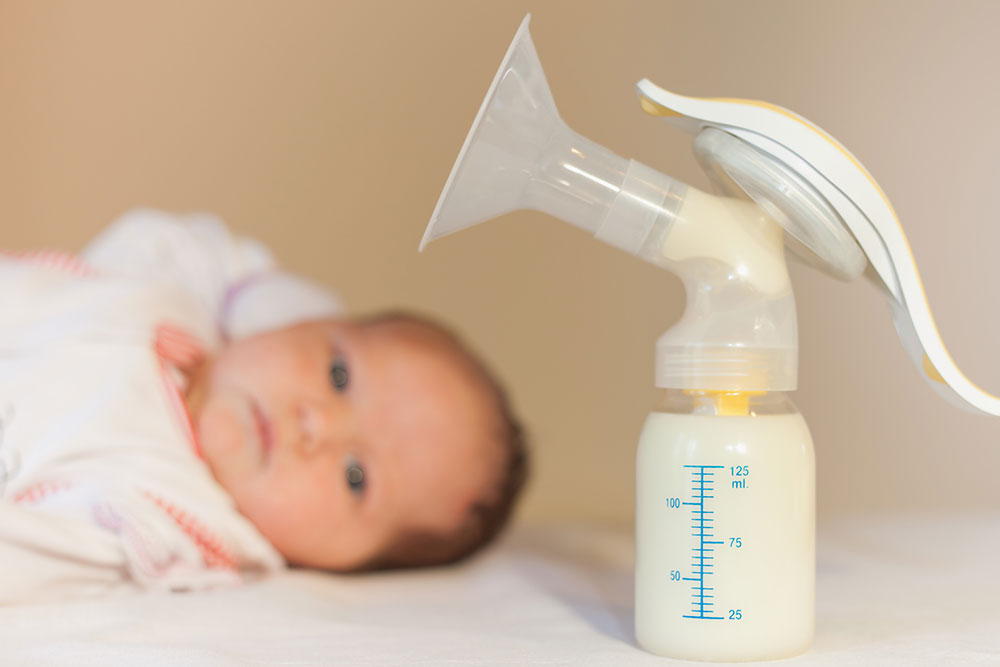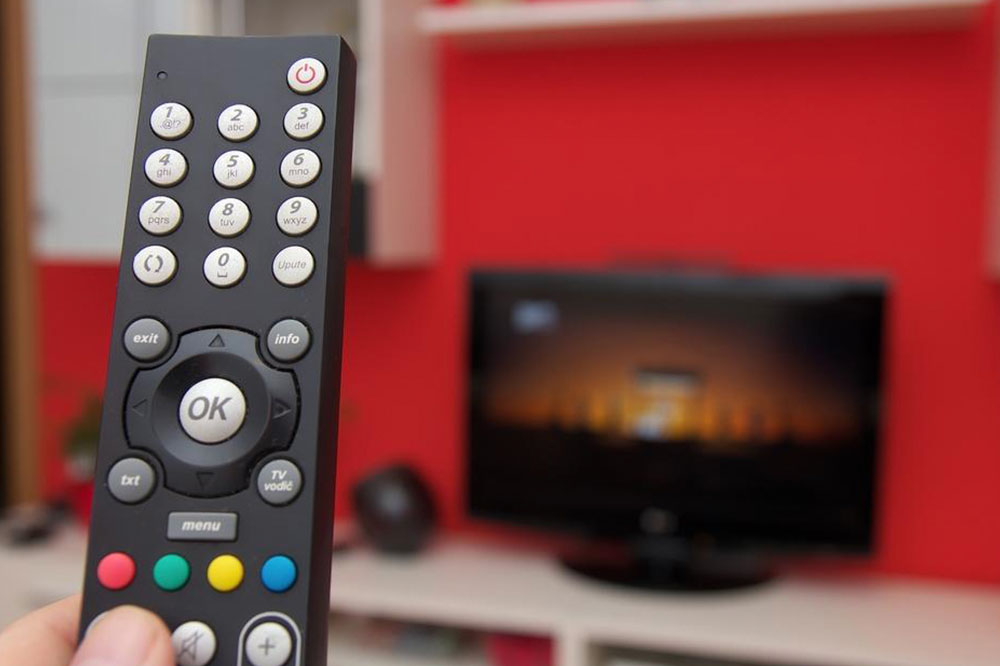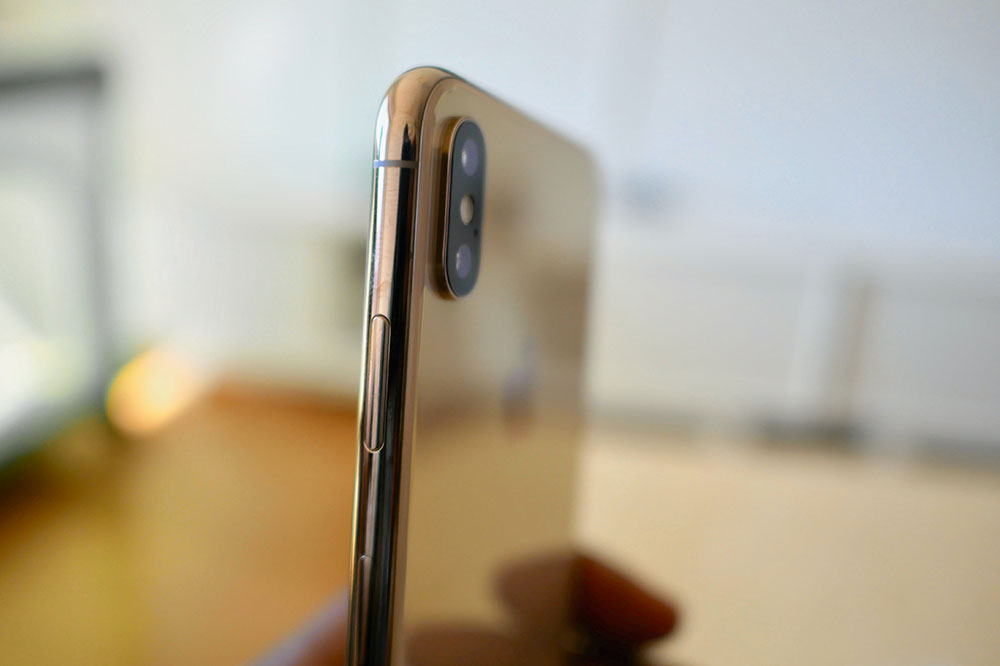4 mistakes to avoid while pumping breast milk

Today, breast milk pumping has become an effective means of collecting milk. This not only allows the mother to store the milk for future use, but it also enables the other parent or caregivers to feed the child. Moreover, pumping can stimulate milk production, preventing its accumulation in the breasts. Avoiding the following common breast milk pumping mistakes can help new mothers and their babies get the most out of this practice:
Not investing in a pumping bra
New mothers tend to have their hands full with attending to their babies while managing their work and household responsibilities. In such cases, holding a breast pump for long periods can hinder daily routine and prevent one from going about with other daily activities. A hands-free pumping bra is the perfect solution, as it comes with slits in the fabric that are designed to hold the breast shields of the pump securely against the skin. With this, one can pump milk without having to hold the pump. Nursing or pumping bras are easy to use, offer optimal support, and are excellent options for new mothers.
Not checking milk’s lipase levels
Lipase is a naturally occurring enzyme found in breast milk. Excessive lipase in the milk can make it difficult for babies to take to milk, as it turns sour or soapy easily. One of the best ways to prevent this phenomenon is to scald the breast milk if it contains excessive lipase. However, this scalding process must take place before the milk is pumped and frozen. Failing to scald milk before pumping and freezing it is a common mistake to avoid. Typically, high-lipase breast milk has a soapy or metallic taste.
Not pumping often
Nursing mothers can have short and relatively infrequent pumping sessions, as they are nursing in addition to pumping milk. However, mothers who are exclusively pumping breast milk should have a total pumping duration of two hours per day. These two hours should be broken down into short sessions spread throughout the day to encourage milk production.
Ignoring the breast shield size
Breast shield size is determined based on the size of the nipple. These shields fit the user’s nipple, stimulating the breast to produce milk. Choosing a breast shield of the wrong size can cause nipple pain and result in low breast milk yield.






